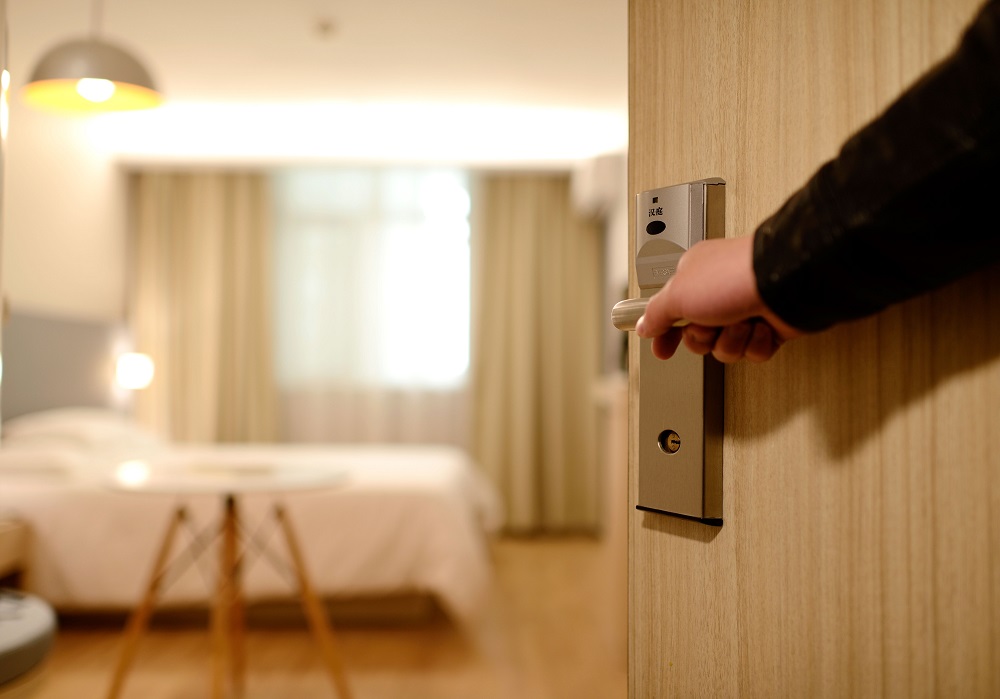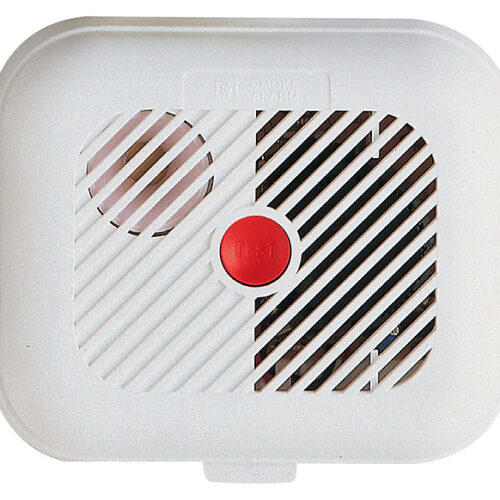Door closers are mechanical devices that control how a door is opened or closed. There are a variety of designs. We’ll discuss the most common types of door closers on the market and explain how they differ from each other.

Overhead Door Closers
Overhead door closers are large and very visible door closers. They’re generally used to hold fire doors closed after a person has passed through the door. They hold the door closed with significant force so that a blast of hot air doesn’t injure escaping parties and sparks can’t spread down the hallway, spreading the fire. Overhead door closers can be mounted in three different positions. These are generally referred to as the figure 1, figure 61 and figure 66 positions. However, not all overhead door closers can be mounted in all three positions. These door closers may have a strength rating or an adjustable strength rating. You may be able to adjust the closing speed of these door closers. Latching action is common for these door closers, but some models have guide rail options. These types of door closers may be found in homes, commercial buildings and industrial buildings. Hydraulic door closers are usually put in commercial and office buildings; their hydraulic mechanism automatically closes the door and holds it shut in an emergency.
Overhead door closers can be found with EN ratings of 1 to 6. The location where the door closer is installed will determine the minimum strength, fire rating and closing action standards it must meet. Know that overhead door closers don’t have to be as glaringly obvious as the emergency exit sign nearby. You can find them in a variety of styles and colours. Whether you want a polished satin nickel finish or jet black paint job, you can find what blends in to your decor without affecting customer safety.
Concealed Door Closers
Concealed door closures are designed to be discreet. They aren’t as obvious to residents in dorms and hospitals. No one can get an IV line or fingers caught in them. You can use floor spring door closers when you want a concealed door closer and conventional hinges can’t handle the weight or fire rating requirements. You can also choose the metallic finish or colour to minimize its appearance if it could be seen at all. Concealed door closers can be used in residential, commercial and industrial buildings. Concealed door closers typically have EN ratings from 2 to 4. Note that concealed door closers may not be good enough for mission critical installations.
Free Swing Door Closers
Free swing door closers are one of the best choices for care accommodation, whether you’re dealing with a hospital, school, daycare or nursing home. They have built-in finger protection. You can’t slam the door shut when these door closers are in place and in “swing free” mode. They often have drift protection, too. This prevents the door from swinging open or closed from the pre-determined position. If someone could prop the door open, that invalidates its value as a fire door.
E-Mag Door Closers
Emag or electromagnetic door closers are dual purpose. Emags can hold a door open that will close when you use a standard closer. And they can be fitted like standard door closers with a free swing mode. Emag door closers are the best choice when low opening forces are required. The electromagnetic controls also mean that when a fire alarm is activated, power is cut to the unit, and the door is securely closed.
Featured post
© Copyright 2019 Antonia, All rights Reserved. Written For: Tidylife


Leave a Reply